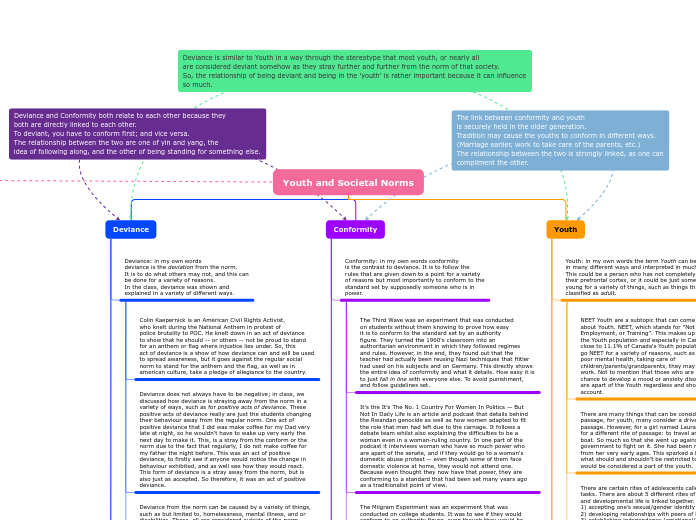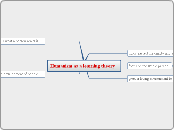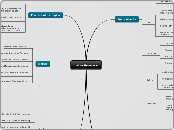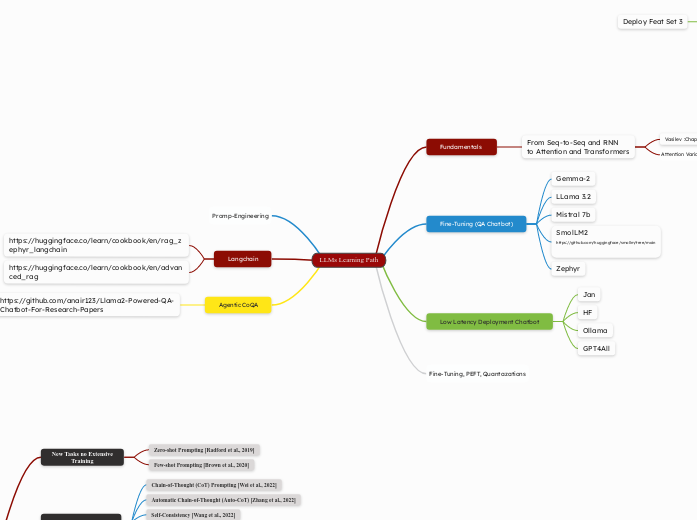a Megan Maguire 1 éve
110
Youth and Societal Norms
Youth encompasses varied interpretations, from individuals still developing their prefrontal cortex to those deemed too young for adult activities. A notable subset within the youth population is NEET (









